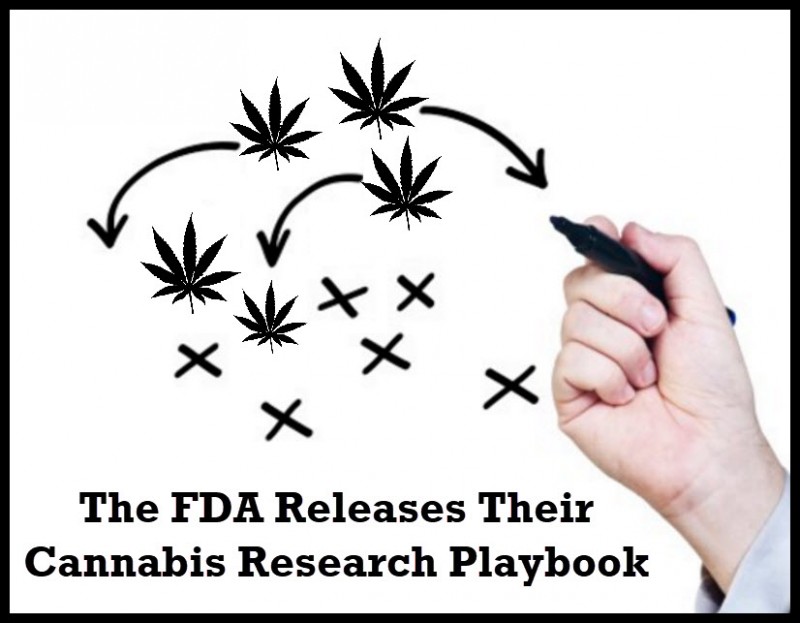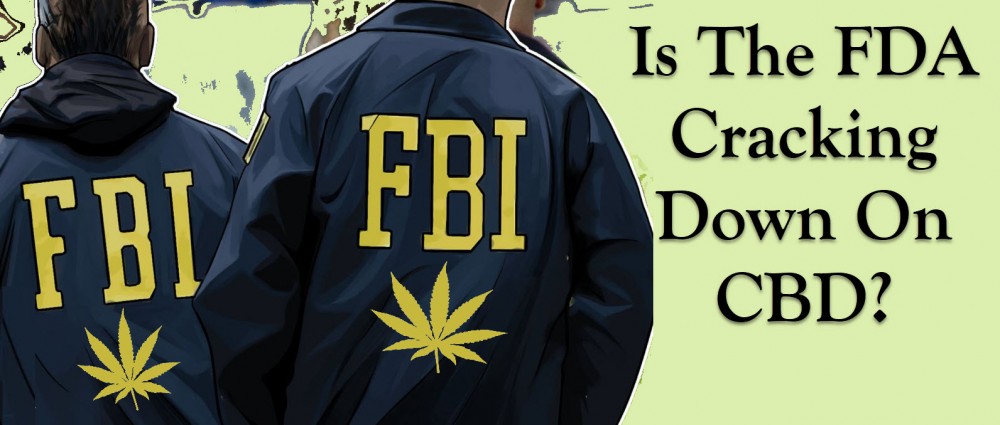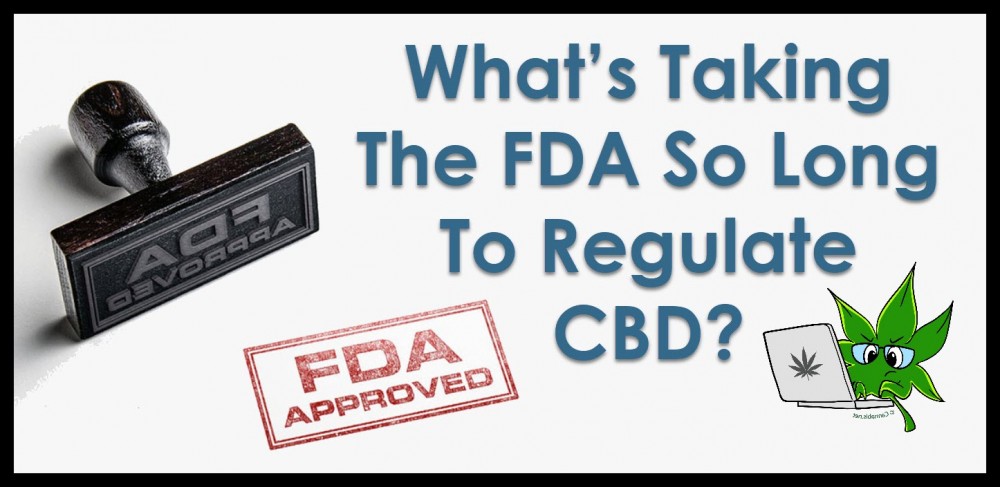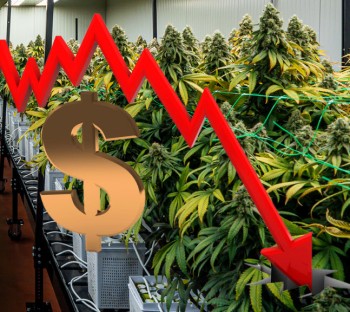What is in the FDA’s Playbook on Researching Cannabis?
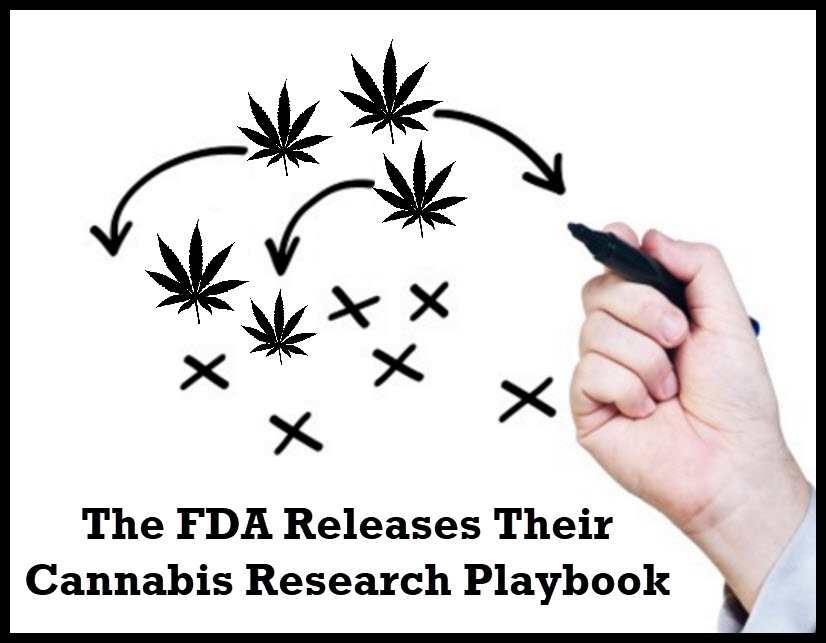
Scientists have asked for it for several decades now and finally the United States Food and Drug Administration has released a “Playbook” on researching cannabis. Well – researching “cannabis” might be an overstatement. Rather, “Researching Hemp” is permitted under the FDA guidelines.
Now with unprecedented demand for more cannabis research, the FDA and the DEA are being forced to comply. This first FDA playbook – while lacking in inclusivity of cannabis with higher concentrations of THC – does give researchers the ability to obtain cannabis with less than 0.3% THC in it from anywhere.
This means that research within CBD and CBD-related products are going to heavily enter into the R&D departments of various pharmaceuticals, nutraceuticals and so forth. The Guidebook is a direct response to the 2018 Farm Bill which essentially removed hemp from the Controlled Substance Act by defining it as something else.
This means that whenever there is cannabis with a lower THC-threshold than what is speculated – they don’t need permission from the DEA. Conversely, if there is traces of THC higher than 0.3% THC – they would have to follow the previously established research protocols. In other words – wait for a few decades until you’re told no.
Let’s take a closer look at some of the specifics found within the document.
DEA is still in charge
The FDA is not going to circumvent the DEA when it comes to the CSA. They are technically only able to provide information and can make no executive action on changing drug policy. While this on paper sounds like it could balance the power within drug policy – the fact of the matter is that the DEA has always been the one in charge of dictating who can research which “illegal drug”.
This is especially true when cannabis is considered a Schedule I Substance.
“The FDA reaffirms that the DEA is the lead federal agency for regulating controlled substances. Thus, if a cannabis-derived compound exceeds the threshold of 0.3 percent delta-9 THC by dry weight, sponsors and investigators must comply with the CSA and DEA requirements. Cannabis below the 0.3 percent delta-9 THC threshold may be sourced from anywhere and used for clinical research because this cannabis is not a controlled substance. However, cannabis above the 0.3 percent delta-9 THC threshold is a Schedule I controlled substance. The National Institute on Drug Abuse Drug Supply Program is the only federally legal domestic source of cannabis containing more than 0.3 percent delta-9 THC.” - Source
Additionally – the FDA also provided a bibliography of what sources should be consulted to ensure identity, quality, purity and potency, or strength of the investigational drug.
The FDA also made a “suggestion” that researchers calculate ahead of time the levels of THC they would need within the plant for their investigation. This essentially circles back to point one where if you have more than 0.3% THC - you’re going to have to get the DEA involved.
Where does that leave us?
For the average consumer nothing changes – however, for the numerous companies who want to work on CBD and CBD related products – this is pretty good news. It gives some guidance to companies on staying out of the way of the DEA and provides some protections if they comply with the guidance.
Of course – CBD is only one compound and the limit in THC makes so many other potential treatment options still not a viable course of action. We would first need to see cannabis removed entirely from the Controlled Substance Act - a simple de-scheduling of the substance would not do.
Hopefully, after the November elections we can see some movement on the several cannabis bills floating in the House and Senate.
However – even if nothing happens, at least some cannabis companies would find protection in the guidelines established by the FDA.
Will the guidelines stay like this?
Most assuredly the guideline will change. In fact, the document can be downloaded right now, which serves as a “first draft” and encourages scientists, researchers and the likes to add commentary. Once the commentary period ends on 9/21/2020 – then the document will be reworked and re-released.
Needless to say we can know for sure that the document won’t remain “as is” and hopefully enough researchers chime in to make the guidelines fair for all.
It’s at least a very positive sign to see the FDA working on these kinds of guidelines. Of course we still have a long way to go – but the FDA drawing up guidelines for cannabis research is progress and in 2020 we’ve got to take the victories where they appear.
Who knows – maybe next year cannabis is completely removed from the CSA which would prompt yet another revision of the guideline. At least – now we have a guideline as reference.
FDA ON CANNABIS AND CBD, READ MORE...
WHY IS THE FDA CRACKING DOWN ON CBD? READ THIS.

